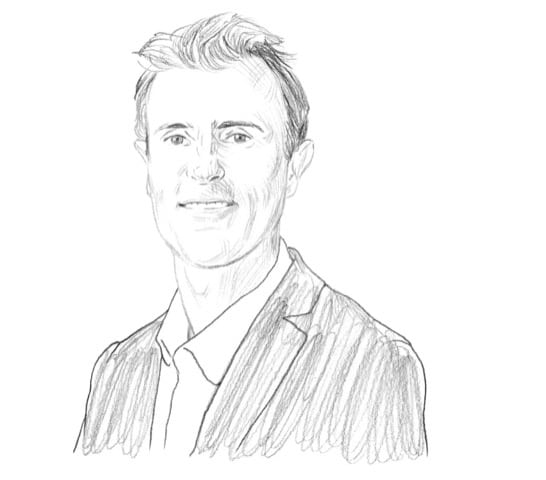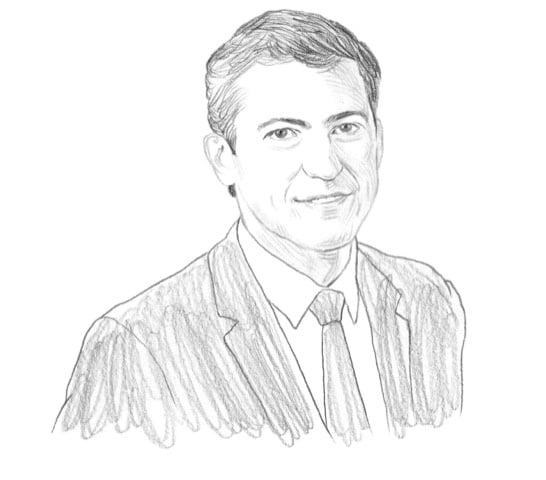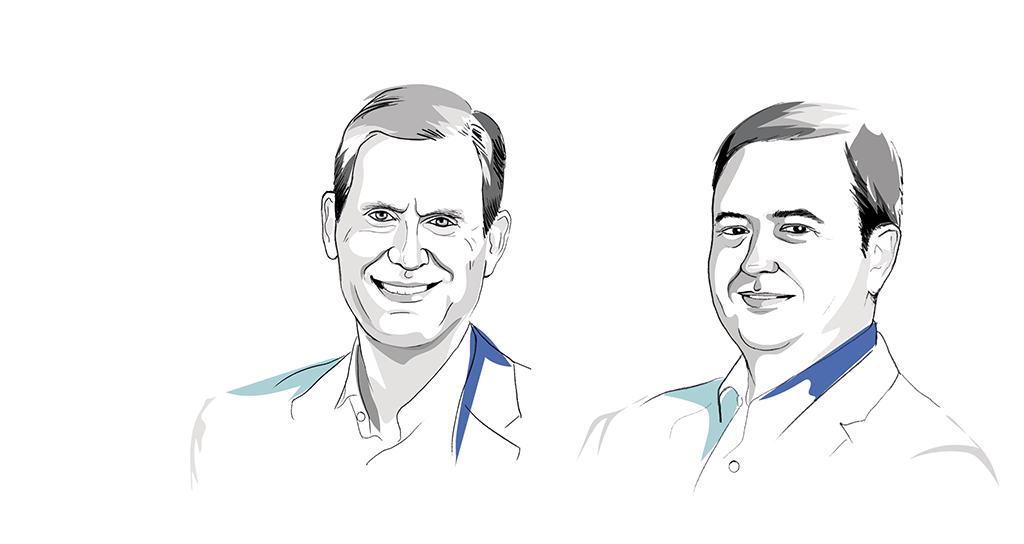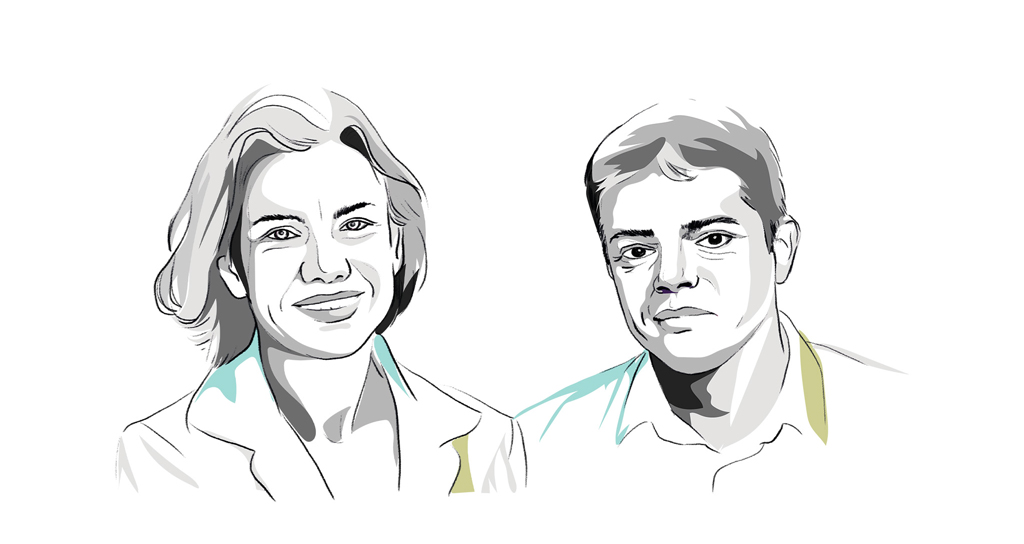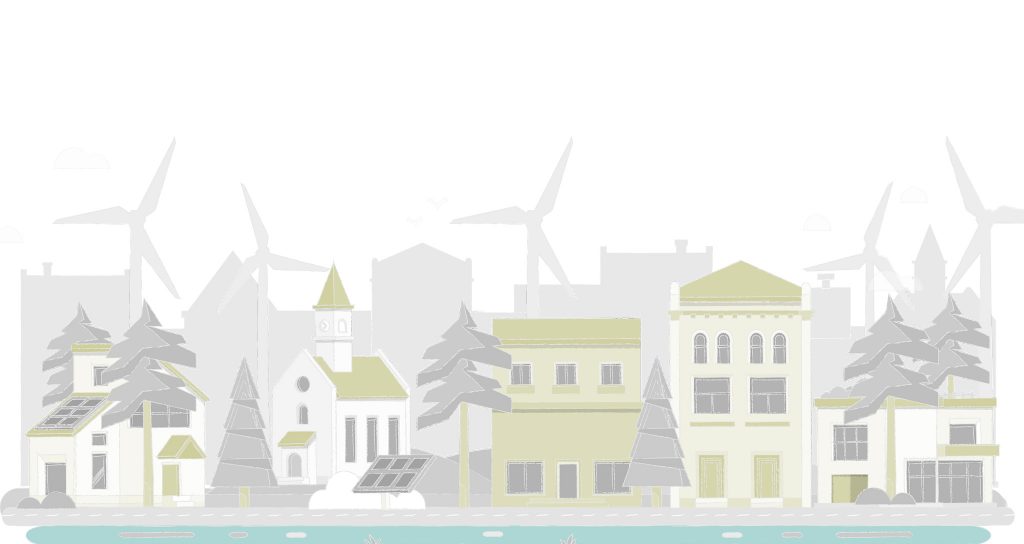The transport sector accounts for a large share of greenhouse gas emissions. With climate change an urgent priority, what levers can be pulled to bring new travel modes, particularly electric ones, to a mass market? What is the role of the various stakeholders, citizens, businesses and communities? What lessons can be learned from the Covid-19 crisis? Nicolas Planteau du Maroussem, managing director of the Greater Paris and North-East France Infrastructure division at VINCI Energies France, and Gabriel Plassat, co-founder of the La Fabrique des Mobilités mobility lab, share their views.
What are the current barriers to the expansion of low-carbon mobility? Is it a problem of supply or demand? Infrastructure or services?
Nicolas PLANTEAU DU MAROUSSEM. The answer depends on the area. In Greater Paris, for example, there’s a fairly comprehensive supply of low-carbon mobility options, and public transport has seen significant and long-standing expansion (metro, tram system, electric buses, car-sharing, etc.). Indeed, the range of options is continuing to grow. But that’s not necessarily the case in all metropolitan areas in France. So the “supply and demand” answer can’t be the same.
As far as electric mobility is concerned, the barrier remains psychological in relation to vehicle range. There is still some way to go on the supply side before we have efficient infrastructures and services that will reassure users. New solutions in sustainable transport, car-sharing and micromobility must also be developed throughout communities. But importantly, people also need to be educated in order to drive change in behaviours and mindsets.
Gabriel PLASSAT. The problem tends to be tackled from the supply side and not enough from the demand side. When all is said and done, relatively little attention is paid to the mobility-related behaviours, needs and practices of citizens across all regions. So the answer is both “supply and demand” and both “infrastructure and services”.
However, there’s another issue that deserves a mention, and that is funding. No one pays the price of their mobility! There is a lack of awareness of funding principles and of the cost of the various services. All of these issues will hamper the development of mobility and behavioural changes. The reality is that there is very little behavioural change in terms of mobility.
Therefore, what key factors will drive the acceleration of low-carbon mobility?
Gabriel PLASSAT. The Covid-19 episode, in particular, has led to a dramatic increase in the use of bikes in some communities. So some constraints turn out to be conducive to shifts in practices and behaviours. Electric mobility is a negative turned into a positive: by getting rid of the internal combustion engine, you attract new industrial players with substantial investment capacity. It’s an opportunity to switch up the players and, as a result, the range of products and services.
Digital technology is of course another key factor that has changed practices. Today, phones serve as a mobility assistant and in some cases as a key providing access to vehicles that you don’t need to buy but that you pay for on a per-use basis.
Nicolas PLANTEAU DU MAROUSSEM. More has to be done to show the efficiency of low-carbon mobility services like public transport, which is an efficient option. Environmental awareness is gathering pace. I note that many businesses are increasingly building staff awareness and giving thought to their mobility plan. All these things are likely to remove a number of barriers.
There’s a lot of talk about the energy mix. What would a good modal mix look like?
Nicolas PLANTEAU DU MAROUSSEM. There is a tendency to design our mobility services as if we were always setting off with the whole family in a full car on an 800km trip. But that’s not an everyday scenario, far from it!
It would make more sense to design our transport modes in relation to the journeys we make most frequently. And in the vast majority of cases, our most frequent journeys are fully compatible with walking, cycling, electric cars, public transport and many low-emission transport modes.
Gabriel PLASSAT. That’s where MaaS (Mobility as a Service) comes into it. Here too, there are now very powerful players on the scene with a vested interest in people no longer having car keys in their pocket. They sell mobility by the journey.
At La Fabrique des Mobilités, we are working on a project called MOB, a mobility account that provides each individual with a platform for all of their mobility data and enables them to receive incentives based on their habits. It’s a way of rewarding mobility practices rather than purchasing an object.
Does the expansion of more sustainable forms of mobility necessarily entail a reduction in mobility?
Gabriel PLASSAT. This is referred to as de-mobility in France. In fact, it’s pretty much uncharted territory. And it’s divisive from a “mobility means freedom” angle. But actually, what it often means is an hour of your time wasted in traffic jams. It’s a question of the mix and having the option to select different types of mobility. However, there are no industrial players involved in de-mobility.
We’re working on the idea at the lab. One example is setting up a network of service hubs in an area that would enable people to travel less far to access human and public services. The hubs could even be mobile and move around, depending on the day or on needs.
Nicolas PLANTEAU DU MAROUSSEM. As regards the de-mobility concept, we need to be able to explain that it can make everyday life more pleasant. We’re seeing the emergence, in large cities in particular, of ideas like the 15-minute city where residents can meet all their daily needs close by.
What is the role of the various players, hauliers, businesses and citizens in reducing mobility?
Gabriel PLASSAT. Testing mechanisms can be put into practice to contribute towards this. These might take the form of “mobility challenges”, which involve trialling alternative ways of travelling to work, for instance. The “Grand Paris Seine & Oise” urban community has tested a hub network. We’re looking to standardise these networks which should help reduce mobility and which will be easy to deploy.
How can digital technology and more broadly the concept of the smart city accelerate this new form of diversified and sustainable mobility?
Nicolas PLANTEAU DU MAROUSSEM. As in many other sectors, digital technology is set to facilitate the implementation of all these new mobility solutions thanks to the real-time effect, applications and intermediation. We’re seeing it in cities, with new micromobility options, car-sharing, carpooling, transportation aggregators and Mobility as a Service.
We’re currently working on a tender for a local authority which wants to be carbon neutral. It is fully signed up to the idea of offering a complete mobility service that is as decarbonised as possible. And digital technology, in this respect, makes a vital contribution.
Gabriel PLASSAT. Digital offers a way of doing things differently. But it also creates new problems such as data retention and confidentiality. Some private players have more data relating to mobility practices than the public players supposed to be handling mobility in their area… Control over this data must be rebalanced. With Covid-19, we’ve also seen that the concept of tracking and monitoring is both important and sensitive. So we have to look at how to use digital technology in a way that helps us make better decisions while at the same time respecting and protecting privacy.
Nicolas PLANTEAU DU MAROUSSEM. Can I also mention the issue of cybersecurity: placing digital technology at the core of mobility can open up a potential gap for malicious organisations if things aren’t done properly.
Let’s talk about the impact of the health crisis. Will the rebalancing between the city and the countryside that has been under way for the past year also have an impact on the uptake of low-carbon mobility services?
Gabriel PLASSAT. It’s difficult to predict in the long term. But what we’ve experienced is interesting as we’ve had a taste of what I call “minimum viable mobility”. What is the minimum that a region, municipality, neighbourhood or household needs in order to live? Look at individual activities first, then come up with mobility solutions. The role of the community is to bring services as close as possible to residents so as to discourage them from moving around as much as possible.
Nicolas PLANTEAU DU MAROUSSEM. There may be positive impacts, but also more negative aspects. The dispersal model could be a problem in terms of the distance to be travelled to access services. And electric mobility is more suited to suburban or even rural environments. There are home charging solutions available in these areas, often in individual housing, and people living there travel enough kilometres for this transport mode to be advantageous in terms of emission reduction.
Gabriel PLASSAT. Sure, but we should bear in mind that there are households that don’t decide where they live or work and that are often highly dependent on cars. It’s better to know these households and help them in the transition.
08/07/2021
